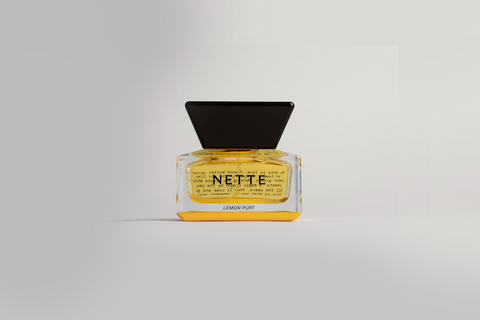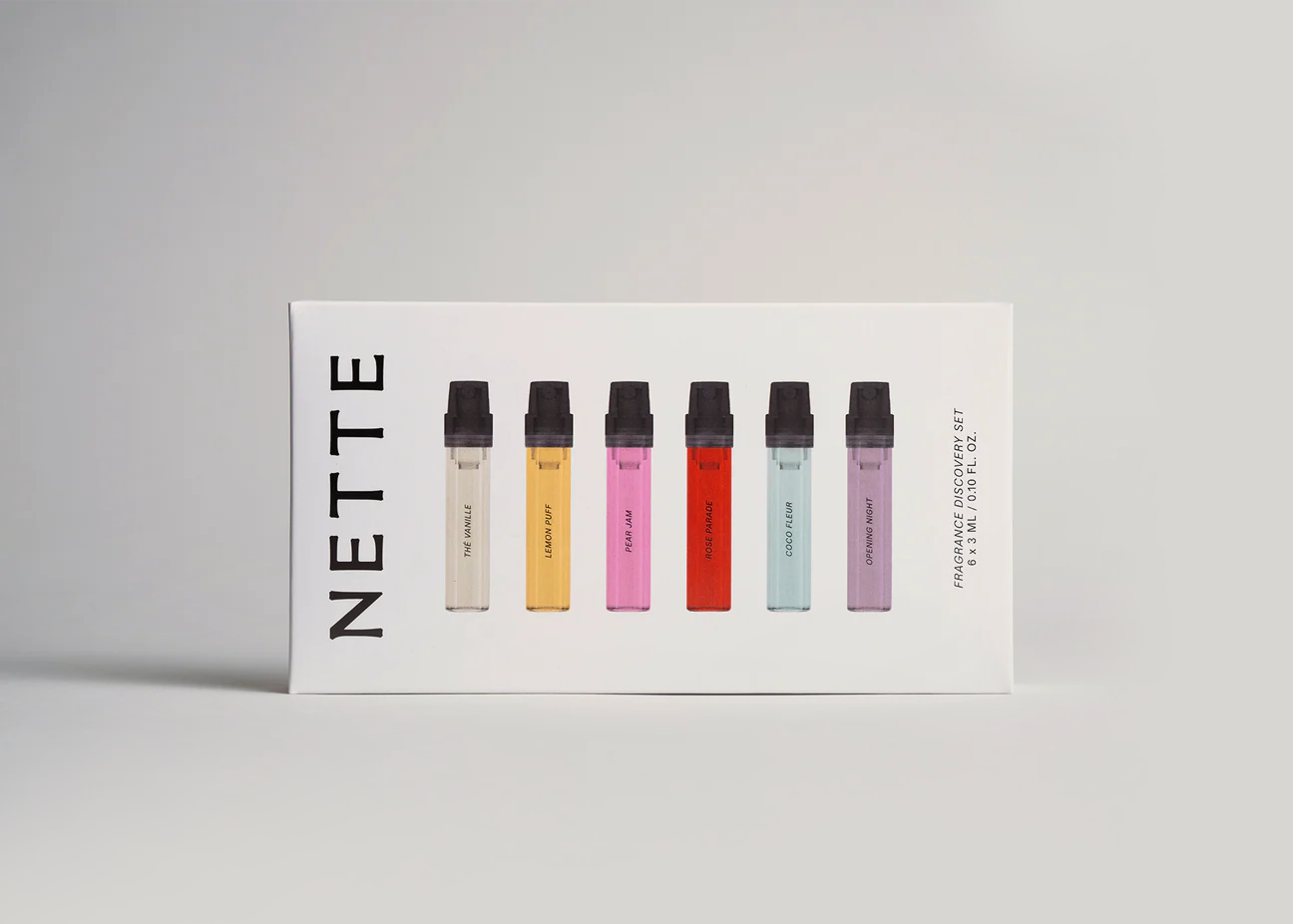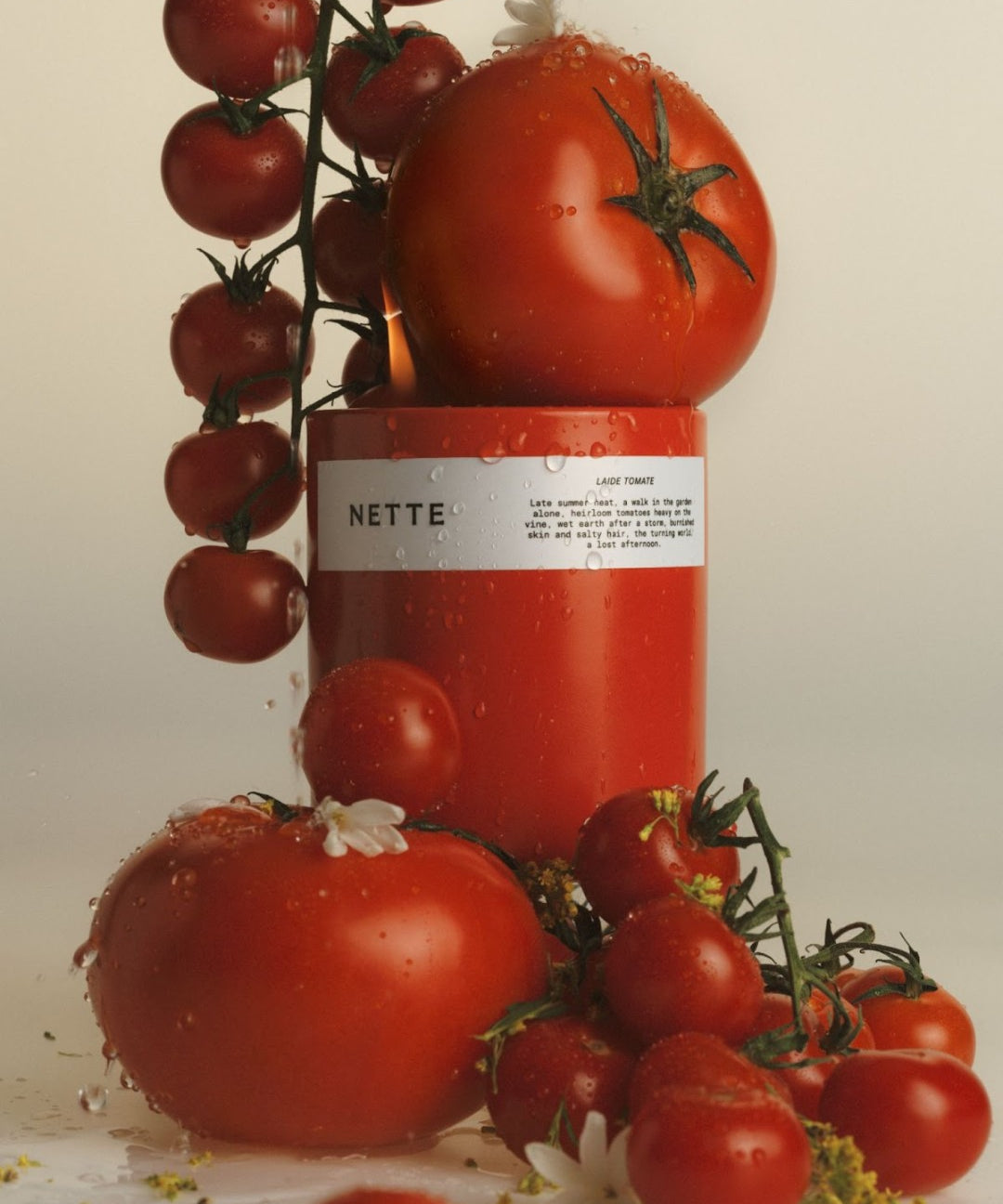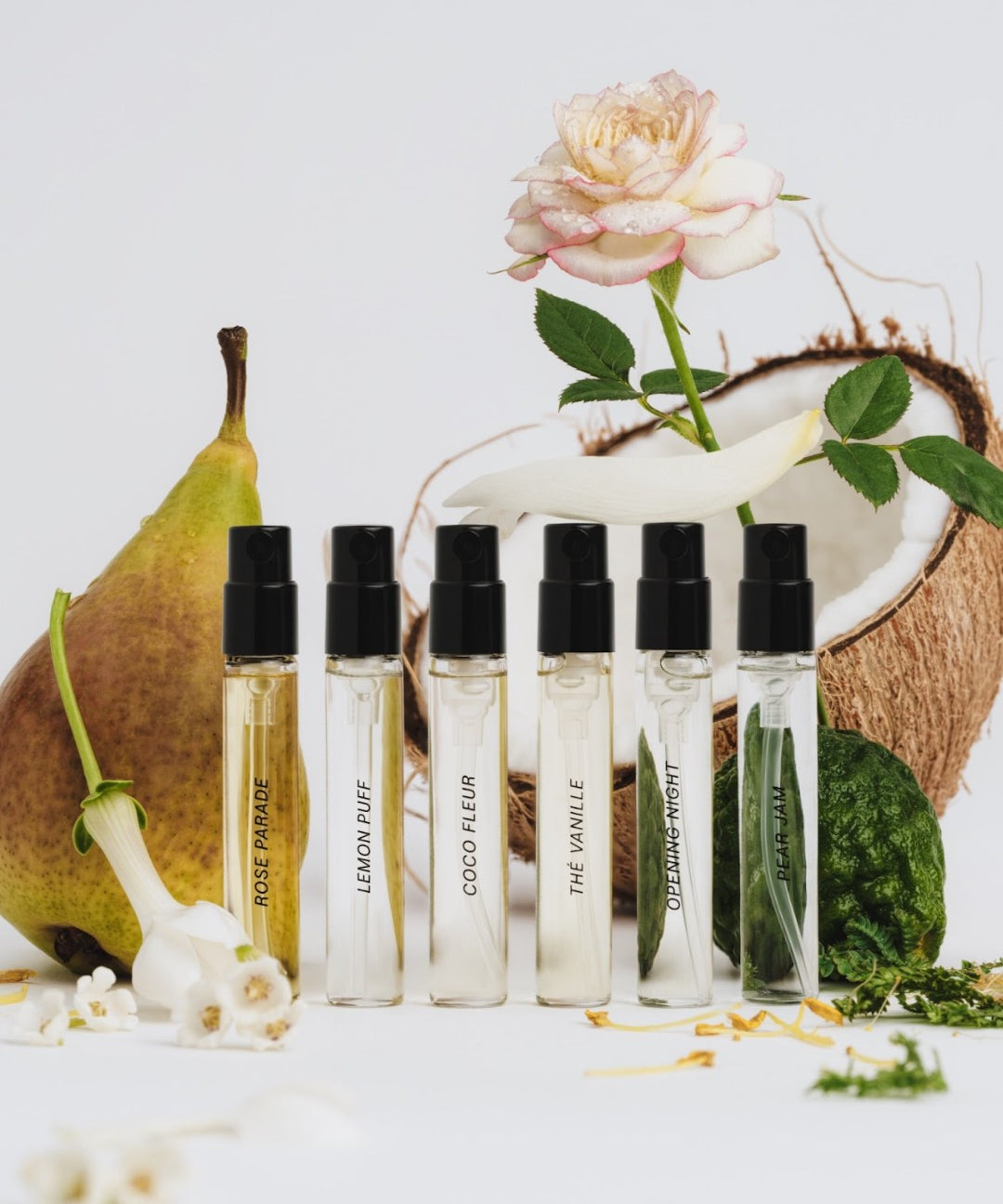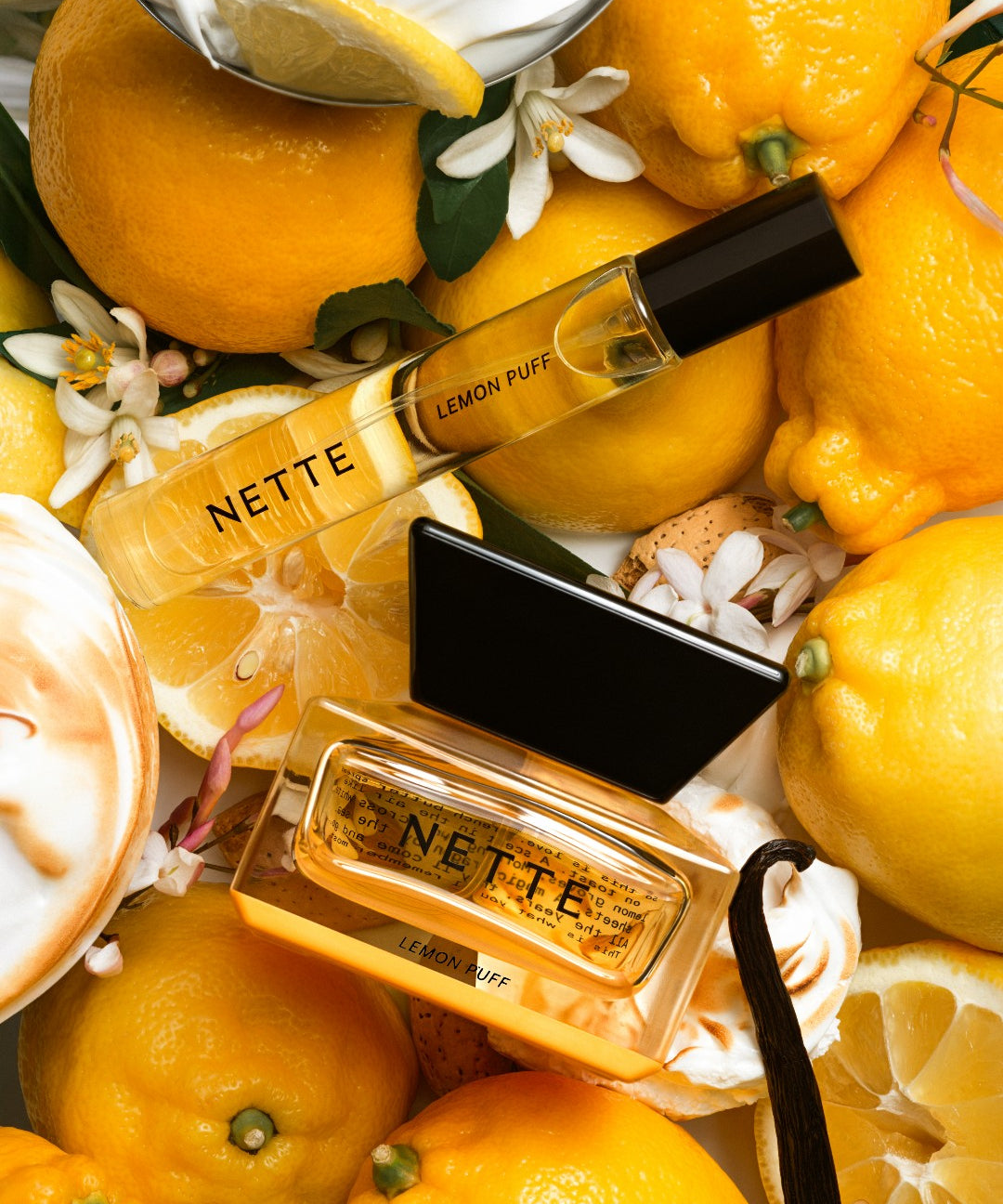Image via "Howl’s Moving Castle."
One of the things we love so much about candles is their rich history — they’ve been lighting up our lives for over 5,000 years, to be exact. Here, a brief history.
Ancient Egyptians are said to have been the first to create candles — they were more like torches, really — that involved soaking reeds in melted animal fat and lighting them. Not exactly the luxurious experience we’ve come to associate with candles today.
Next, came the ancient Romans, who were the first to utilize a wicked candle, not too unlike what we utilize today. This took place at around 3,000 B.C. and involved dipping rolled papyrus in melted beeswax or tallow repeatedly. These candles were used to light homes, in religious ceremonies, and to aid travel by night.
Historians have also found evidence of wicked candles in other early civilizations. In China, rolled rice paper was used to create wicks. In India, candle wax was created by boiling the fruit of the cinnamon tree. And in Japan, wax was extracted from tree nuts. Quite inventive!
In the Middle Ages, beeswax candles came to be(e!), though these new innovative materials were quite expensive and, as such, only the very wealthy could afford to burn them in their homes. Tallow candles continued to be the norm and by the 13th Century, candle-making had become a guild craft in England and France.
Finally, in Colonial times, candle-making reached America. The growing whaling industry helped move the industry forward as a wax obtained by crystallizing sperm whale oil became readily available. It burned brighter than beeswax and tallow and historians say that the first “standard” candle was made using this material.
The 19th Century brought ever more advances, including the development of stearin wax, which is still used today. During this period, we also saw the invention of a machine that allowed for the continuous production of molded candles, thus allowing them to be affordable and widely available.
Safe to say, we’ve come a long way. Order up a Nette candle to discover what 5,000 years of advancements can lead to.


